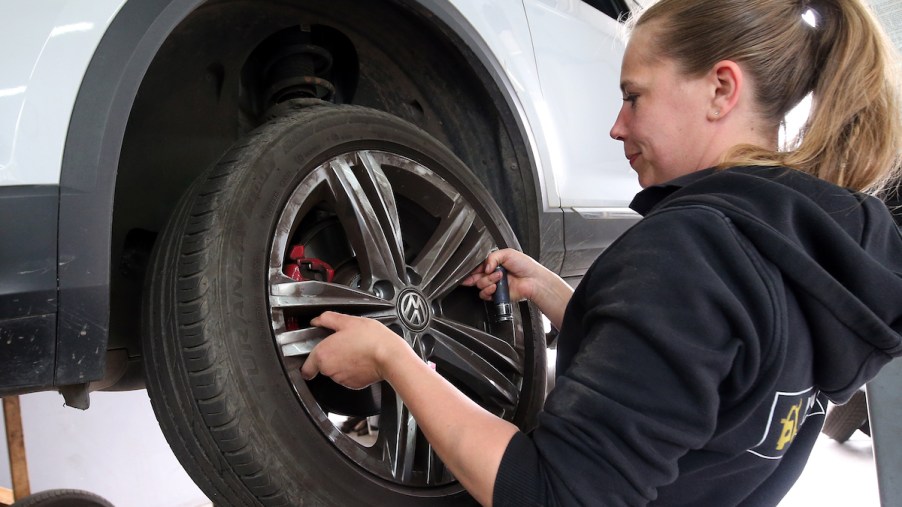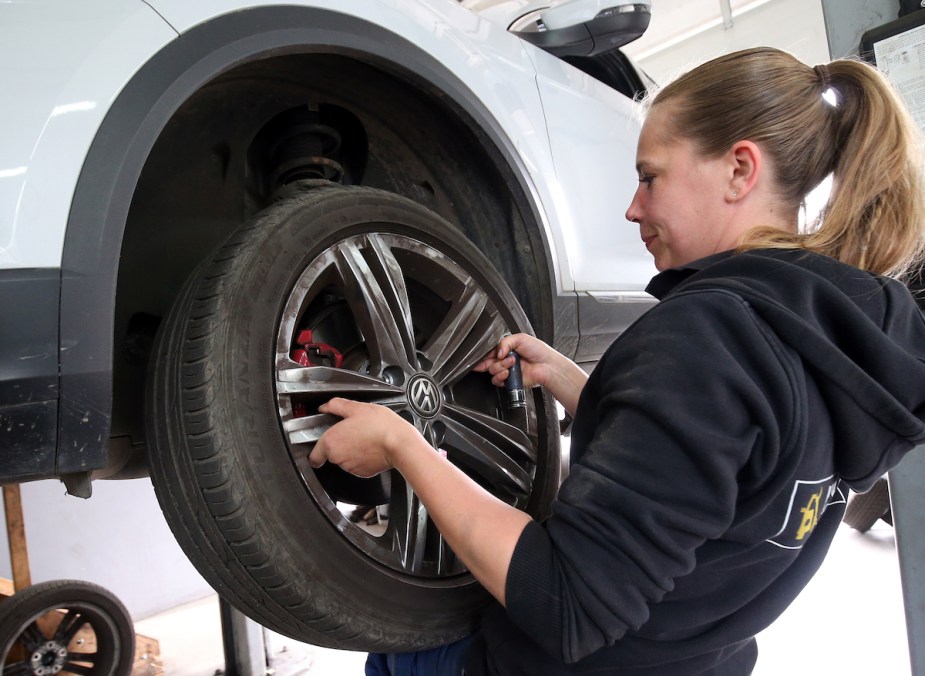
6 Things to Remember When Buying Used Tires
Most car owners opt for used tires rather than new ones to save money because new tires can be expensive. However, this might not always be the best plan since it can potentially cost you more in the long run. That’s why it’s important to know what to look for when replacing your tires with used ones. Below are the six most crucial factors to consider before buying used tires.
Six crucial things to look out for when buying used tires

There are only a few things more important to your vehicle than tire quality. Tire quality is crucial for various reasons, such as maintaining good handling, stopping power, and fuel efficiency. Your vehicle can become difficult to handle without proper tires and less fuel efficient. In some cases, it can even become dangerous. These factors will help you when buying used tires.
1. Used tires are not subject to legal standards
Before buying used tires, you have to understand that such tires are not subject to specific legal standards, which means that the process of collection, inspection, and reinsertion into the market may vary from place to place.
While some car-tire retailers might inspect their used tire inventory to ensure they are safe for installation, most are not as thorough. As a result, it’s more challenging to evaluate the actual condition of a used tire. In such circumstances, you must be extra careful and attentive when inspecting the tire.
2. Belt separation
Belt separation is another issue in both new and used tires. It occurs when the tire tread and belt layers separate and can cause sudden tire failure. To check for belt separation, carefully feel the tread surface and sidewalls for any waves, bumps, or other irregularities indicating a possible belt separating impact. Usually, by running your fingers over the tread surface and sidewall, you can feel these changes on the rubber surface, even if they are not visible on a deflated tire.
3. Tread depth
Tread depth is one of the most important things to check on a used tire. Tread depth measures the amount of tread remaining on the tire. It is important because it affects how well the tire will grip the road, especially in wet or icy conditions. Access Auto Insurance recommends performing the penny test on used tires to ensure they have sufficient tread depth.
4. Exposed cords
Another essential thing to look for is exposed cords. Exposed cords signify excessively worn-out tires that need replacement. They can also be a sign of an improperly repaired tire. Therefore, you must carefully inspect the entire tread surface throughout the wheel. If the codes are exposed, or you can see even a few steel wires emerging from the tread, that tire is dangerous, and you should not purchase it at any cost.
5. Improper repairs
Improper repairs are another potential issue that comes with used tires. Improperly repaired tires are unsuitable, dangerous, and more likely to future failure. That is why it’s important to inspect used tires for repaired punctures before purchasing them. A proper puncture repair should be a full patch applied inside the tire, and while tire plugs are not innately unsafe, patches are safer and ideal. Also, avoid any tires with large punctures or repairs within an inch of the sidewalls.
6. Aging
Essentially you should avoid any tire older than six years. However, tires typically degenerate from the inside outwards, making it challenging to evaluate their safety at first glance. Therefore, to find the tire’s age and safety, look for the Tire Identification Number to determine its manufacturing date. Some retailers may scrub it off or paint the tire black to make it look newer. Regardless if a tire does not have the TIN, it is an automatic no-go.


